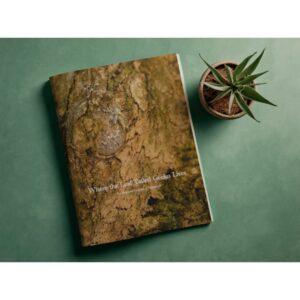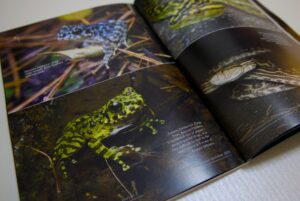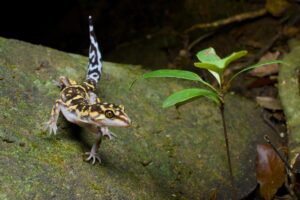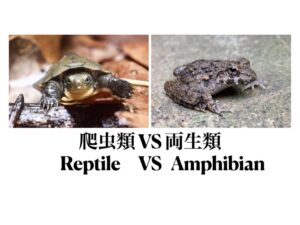Many of you might have come across requests to participate in wildlife observation or birdwatching tours dressed in ‘earth colors.’ Today, let’s delve into what earth colors entail and why they’re essential in this context.

What are Earth Colors?
- Earth colors, in English, refer to ‘Earth color,’ capturing the hues found in nature like forests, oceans, and grasslands. These tones evoke natural colors, predominantly featuring shades like khaki or brown. In contrast, terms like ‘primary colors’ or ‘vivid colors’ denote the opposite spectrum. They are extensively used in observing wildlife, seen in safari vehicles worldwide and hides used for birdwatching.
Why Opt for Earth Colors?
But why choose earth colors specifically? Wildlife constantly monitors its surroundings for survival, and vibrant, unnatural hues might trigger a sense of danger, causing them to flee. As animals often possess sharper senses than humans and detect our presence quicker, it’s crucial for us to blend into their environments as much as possible. Earth colors, closely resembling natural hues, allow for better harmony with the ecosystem, alleviating animals’ wariness. Hence, for wildlife observation, earth colors are considered optimal to seamlessly integrate with nature, enabling a more natural observation of wildlife.

Other Color Considerations
However, the necessity to wear only earth colors isn’t absolute, as some species don’t respond to them. Camouflage patterns, black, and occasionally white in certain settings can also aid in concealing oneself from wildlife. Therefore, being conscious of color choices based on the location and purpose is essential!
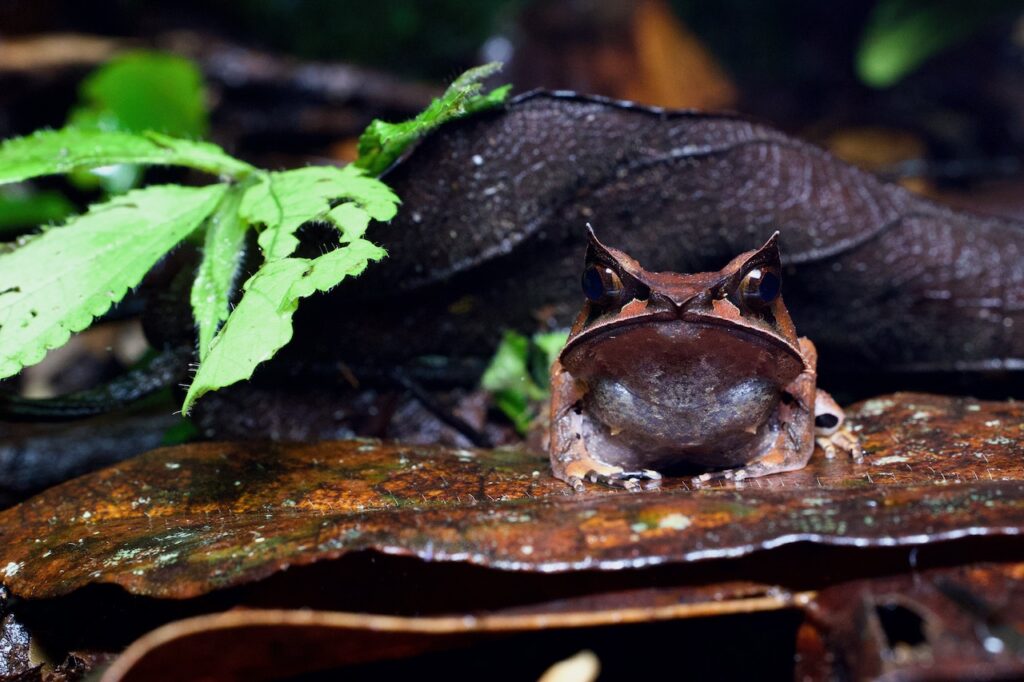
Conclusion
This discussion centered on earth colors. While not mandatory to wear them, being mindful of attire could enhance the chances of fully embracing rare encounters with wildlife, perhaps a once-in-a-lifetime experience! It’s worth considering to amplify the joy of connecting with these creatures.”


